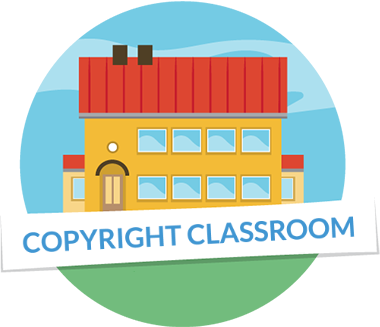Animation project (when the animation is made available on the internet)
- PERMISSION IS REQUIRED FOR EDITING WORKS CREATED BY OTHERS
Animation involves editing works. You need permission from the copyright holder to edit a work. - USE OF IMAGES
In a video, you can add images you have taken or created yourself.
You can use other people’s images if:
a) You have permission from the copyright holder.
b) Permission has been granted through a CC (Creative Commons) licence.
c) The protection period of the images has expired.
d) It’s a photograph of an artwork whose protection period has already expired. - USE OF MUSIC
To add music to an animation, you need permission from the music’s rightsholders – for both the composition and recorded performance. You can obtain permission from the relevant record companies, depending on where the animation will be published. Usually, you don’t need permission to use music if you’re publishing an animation as a private individual on platforms like YouTube, Facebook, Instagram, or TikTok when your content is non-commercial. Many record labels have agreements with these platforms.
You can also create your own music or use music legally available online with permission from the creators through a CC licence or other open licence. Read the terms of use carefully. - USE OF SOUND EFFECTS
A single momentary sound effect is generally not a protected work, but the entirety of a specially created sound effect usually receives copyright protection.
You can use sound effects you’ve created yourself or those you’ve found online and have permission to use. Read the terms of use carefully. - USE OF MOVING IMAGES IN YOUR WORK
You need permission to use a video or part of it in your own projects if you are going to make these available. You can obtain permission from the copyright holder or the rightsholder (e.g., the producer). Permission may also have been granted through a CC licence or other open licence. Read the terms of use carefully. - REMEMBER THE CREATOR’S MORAL RIGHTS AND REPUTATION
You must not edit another person’s work in a way that violates the creator or the work.
You must not share or publish offensive images of anyone. Consider how it would feel if a similar animation of you were published.
Remember to credit the creators of the animation as well as the creators of the videos, images, and music you have used.

